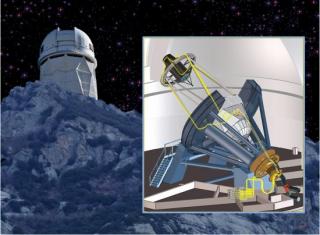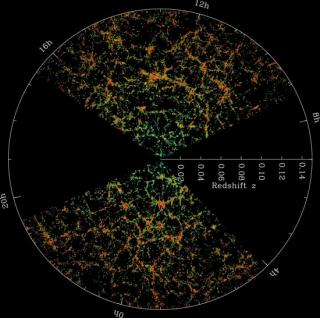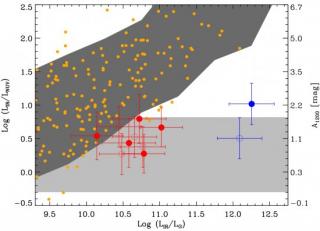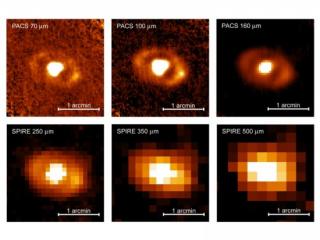One remaining open question regarding the physical properties of Lyaemitters (LAEs) is their dust content and its evolution with redshift. The variety of results is large and with those reported by now is difficult to establish clear relations between dust, other fundamental parameters of galaxies (star-formation rate, metallicity or age) and redshift. In this Letter, we report Herschel PACS-100mm, PACS-160mm and Spitzer MIPS-24mm detections of a sample of spectroscopically GALEX-selected LAEs at z~0.3 and~1.0. Five out of ten and one out of two LAEs are detected in, at least, one


![HST image of the Butterfly nebula obtained by the authors on 1997. Red is Halpha+[NII], green is [OIII]. HST image of the Butterfly nebula obtained by the authors on 1997. Red is Halpha+[NII], green is [OIII].](/sites/default/files/styles/crop_square_2_2_to_320px/public/images/news/resultados74_79.jpg?itok=p_jgDPaj)

